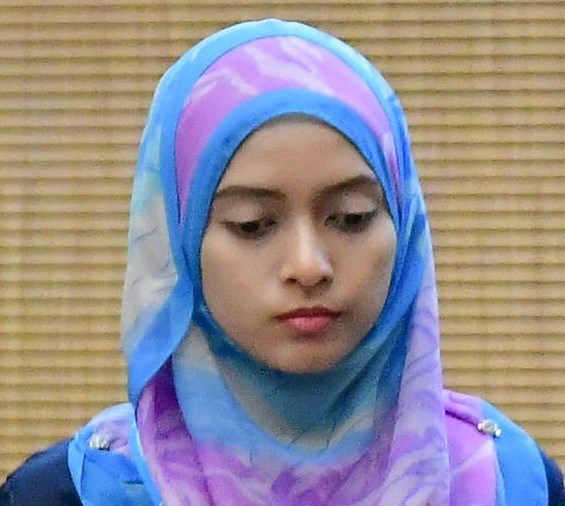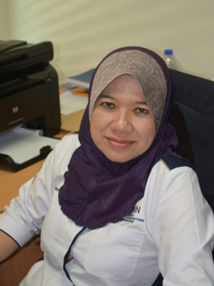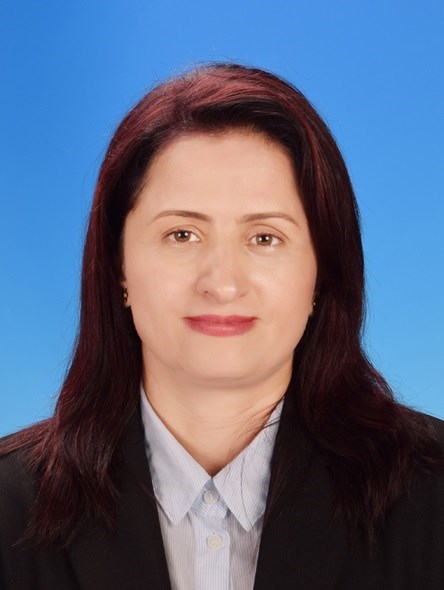Ammonia (NH3) is a colorless, pungent, and corrosive gas with high toxicity. It is a by-product of the manufacturing industry, fossil fuel combustion, and metabolic processes with a 55 ppm limit of detection. Exposure to ammonia at low concentrations such as 50–100 ppm, can give rise to respiratory tract irritation while at even higher concentrations it may lead to fatal ailments. Therefore, its quick detection at low concentrations is necessary for an environmental monitoring and chemical control in medical, industrial and agricultural fields. Ammonia adsorbents must fulfill two requirements: The first one is the presence of a highly porous structure with pores similar in size to the size of ammonia in order to increase physical adsorption forces. The second important factor is the adsorbent chemistry. This includes the presence of functional groups reacting with ammonia to enable its strong retention on the absorbent structure. To achieve highly sensitive and selective detection of low concentrations of ammonia at high humidity, a new type of heterogeneous complex catalyst needs to be explored. The main objective of this project is to develop a new ammonia gas sensor with fast response time (10s) and low detection level up to 10 ppm of ammonia gas in room temperature for environmental applications. Inspired by the outstanding properties of rGO, MOF, and WO3 NF, a novel functionalized tungsten oxide nanofibers (NFs) using Cu based metal-organic framework (MOF) and reduced graphene oxide (rGO) via electrospinning and dip coating techniques has been designed. Herein, the synthesis of parent materials and nanocomposite will be followed by their surface characterizations using different techniques. Then, their performances in the adsorption of ammonia will be evaluated. To the best of our knowledge, we are the first group to propose the synthesis and characterization of such a material by using simple, inexpensive, tunable, and scalable metal-organic framework (MOF) template strategy for the synthesis of a mixed metal oxide nanocomposite with useful sensing properties in the absence of rare and expensive noble metals. The tungsten oxide nanofibers will be prepared with electrospinning technique as a very versatile synthetic strategy for fabricating continuous and interwoven fiber networks, which can increase the active surface areas and speed of response to ammonia at low concentrations in room temperature. The presence of MOF/rGO on the surface of WO3 NF can exhibit much better ammonia adsorption capacities for both dry and moist conditions than the WO3 NF. It can be linked to the increase in the porosity and the enhanced dispersive forces in the composites compared to the parent materials. In addition, the MOF/rGO@ WO3 NF here has the advantage to be water stable and is thus better adapted for environmental applications. It is strongly believed that these tailored nanomaterials with unique properties, including high water stability, quick response to ammonia at low concentrations in room temperature can be the improved quality and capabilities required for ammonia sensor. It can save more lives and increase the safety in the medical, industrial and agricultural field which fits LRF ICON strategic safety aim.

Sara Maira Mohd Hizam holds a BSc (Hons) and MSc in Chemistry from Universiti Kebangsaan Malaysia. Her research interests include materials, solid-state and physical chemistry.

Prof Dr. Norani Muti is a full Professor of Physics at Fundamental and Applied Sciences and Director for Centre of Innovative Nanostructures & Nanodevices (COINN) at Universiti Teknologi PETRONAS (UTP). She established COINN with the objective of establishing a library of nanomaterials and synthesis techniques for the accelerated production of innovative and beneficial commercialized products. COINN brings together specific experts in material science for the study and production of new materials relevant in the areas of hydrogen, solar energy, sensors, and environment. In 2011, COINN had been recognized as Nano-Malaysia Centre of Excellence (NanoCOE) based on its continuous effort on R&D on nanotechnology, focusing on alternative and renewable energy. Research works undertaken are very much focused on cutting-edge research areas ranging from novel materials with innovative nanostructures to novel nano-devices. She supervised over 22 PhD and 10 master students with various project topics, including synthesis carbon-based nanomaterials like graphene, carbon nanotube, metal oxide semiconductors for nanobiosensor, hydrogen and ammonia gas sensors, solar hydrogen production, dye-sensitized solar cell and flexible solar cells. She has more than 200 peer-reviewed papers published in international journals and more than 30 keynote/invited talks at national and international conferences. Also at international level, she is a Programme Management Board member of Lloyd’s Register Foundation International Consortium of Nanotechnologies (LRF-ICON) which is based in Southampton, UK. Nationally, she is the fellow of the Academy of Sciences Malaysia (ASM) and the project leader in NanoMalaysia Institute for Innovative Technology (NanoMITe) Global Research Consortium.

Dr. Robabeh Bashiri obtained her Bachelor's degree in Chemistry (1997), Master’s degree in Inorganic Chemistry (2008), and PhD. in Chemical Engineering from Universiti Teknologi PETRONAS (UTP), Malaysia in 2016. She is an expert in the field of chemistry with a broad range of teaching skills and research experiences in chemistry. She has over seven years working experience in a laboratory environment during Master and PhD’s degree with experience of synthesis inorganic materials (MOF) and semiconductors (zero and one dimensional) with different producers like sol-gel, impregnation, and hydrothermal, anodization, and sputtering methods as catalysts for photocatalytic application. In addition, she has used many characterization techniques to study the physicochemical properties of nanomaterial, including FTIR, TPR, FESEM, TEM, XRD, XPS, DR-UV-Vis. she has also experienced working with the potentiostat (Atuolab) to study the photoelectrochemical characteristics of different thin films, including electrochemical impedance spectroscopy (EIS), photoconversion measurements, photocurrent densities (I-V), and Mott-Schottky analysis. She is currently working as a Research Scientist in the center of Innovation Nanomaterials & Nanodevices (COINN) in which supervising various research projects which conducted by junior staff including technicians, postgraduate students, and final year project students. She has published over a twenty scientific articles which have been published in journals including International Journal of Hydrogen Energy, Renewable Energy, and Journal of Environmental Chemical Engineering, Journal of Organometallic Chemistry, etc. and two book chapters and two filled patents. These publications record provides a strong evidence of the scientific exactitude and substantive merits demonstrated by her research. To date, her works have been cited nearly 180 times, and these citations come from nations as varied that her research is unquestionably global in its reach.
No short bio is not available for this team member yet.